History of San Antonio
The story of UTSA is a history lesson in how San Antonio is changing
My aunt Yolanda went to the University of Texas at San Antonio in the early 1980s to develop her accounting skills. I remember her returning home Thursday nights following an evening class that came after a long day at work.
I vaguely recall occasionally asking Yolanda about what it was like attending night classes at UTSA. Of course, at the time, it was just the main campus on the Northwest Side of town, a straight shoot down I-10 from our family home.
It's easy to imagine the area was not a scene of traffic congestion and endless rooftops like it is now. I’m fairly sure Yolanda once said it was daunting walking back to her car after sunset, given the location and limited amount of artificial lighting back then.
Today, the school is nestled in a busy part of town, past retail centers and neighborhoods. And, as the community continues to grow, so does UTSA.
A brief history lesson
Like most of the schools in the University of Texas system, UTSA main campus is scenic.
When it was under construction in the early 1970s, chief architect O’Neil Ford envisioned UTSA main to “have the charm and grace of a picturesque European village,” according to a UTSA newsletter from the early '70s.
“Students will park on the perimeter and walk along the flower-lined paseos, up the rise, to the simple buildings and the central plaza,” the newsletter article continued.
The university, wisely, expected growth in both the student body and neighborhood. So, though it initially had 600 acres at its disposal, it built a relatively contained campus from the start rather than spread out buildings everywhere.
Several main structures were assembled, with the sombrilla being the heart of the campus. Some members of the planning process thought the sombrilla, a 40-foot-tall pavilion with skylight roof and large water fountain, was a bit excessive. But other designers and planners saw it as a signature feature, complementary of the rising campus and its surroundings. The sombrilla is now an iconic part of UTSA.
Planning for the next generation of UTSA
Five decades later, officials are updating the master plan, talking expansion for both the downtown and main campuses, all the while UTSA is celebrating its 50th anniversary and planning commemorative events. Regarding the main campus, UTSA would like additional square footage to meet research space needs and to accommodate population growth.
The university would also like to relocate specific academic, housing, and student support programs. Additionally, there’s a call to create indoor and outdoor gathering spaces on the main campus as a way for promoting more interaction and collaboration among students and staff.
Because UTSA main campus is on the edge of suburban sprawl and near the Texas Hill Country, there’s also a chance to better connect the campus with adjacent trails, greenways, and natural open spaces.
And why not? More and more students are choosing to live near campus and, as such, many could benefit from increased access to hike, bike, and jogging opportunities.
UTSA’s plans for redevelopment of the main campus include Guadalupe Hall, a new residential community that’s among a series of new housing and mixed-use options that will be springing up on and around campus.
Changing the fabric of San Antonio
It’s a far cry from the old days when some people saw UTSA as just another commuter college despite its standing as a four-year university. Back in the day, locals jokingly called it the University of Texas at Boerne, since it seemed so far out on I-10. It no longer feels that way.
And UTSA’s downtown campus, which fully opened in 1997, has spurred many nearby residents to enroll in public higher education, many of them first-generation college students.
Given its growing student enrollment and the aspirations of city leaders, UTSA downtown is on a path toward expansion. The university and the business community are pouring millions of dollars into this effort, supporting calls for a School of Data Science and National Security Collaboration Center, both of which would be part of the campus.
UTSA downtown sits on West Cesar Chavez Boulevard, where Fiesta Plaza once stood. Fiesta Plaza was, years ago, designed as a retail destination for West Siders and for residents living in the western side of downtown. Though Fiesta Plaza failed and was razed to make way for UTSA’s permanent downtown campus, a few neighbors still saw it as a sign of gentrification.
The university hopes to overcome the physical barriers that surround that campus, which is on the western edge of downtown, by enhancing walkability, creating inviting spaces, and better connecting with downtown itself and with West Side neighborhoods and its cultural amenities.
UTSA is also interested in developing affordable housing options and services to make the downtown campus feel more complete and comprehensive, and to better serve college students and employees as well as community members.
Understandably, neighbors on the near West Side are apprehensive about UTSA’s plan. They are worried that outward expansion could drive up land values and force out some longtime and vulnerable residents.
Leaders in UT System had the foresight to provide plenty of land into which the main campus could expand and better connect with the surrounding neighborhood. UTSA officials could again do well with such foresight while updating their master plans for the Cesar Chavez locale.
Hopefully, university leaders will take this same approach to growing the downtown campus, which — if expanded correctly — could greatly benefit a proud yet historically segregated community.
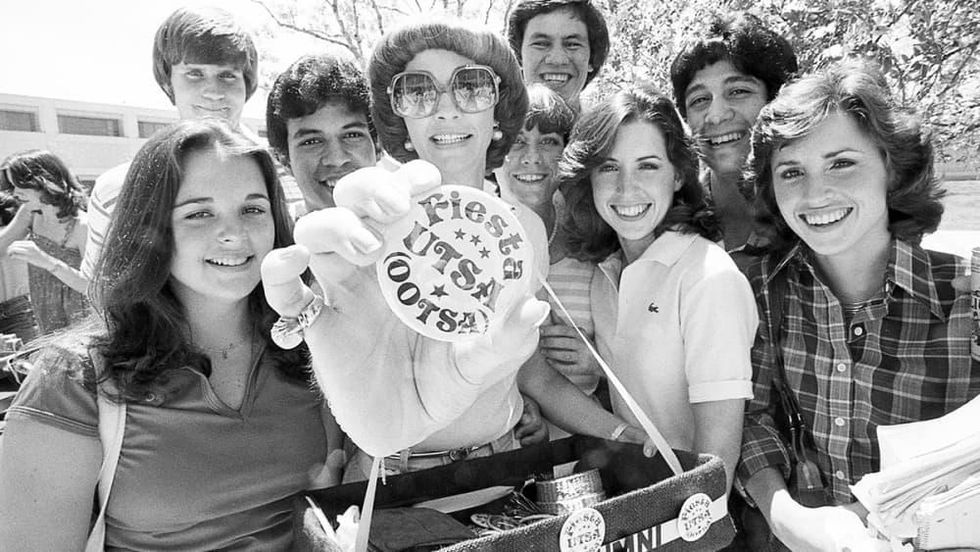
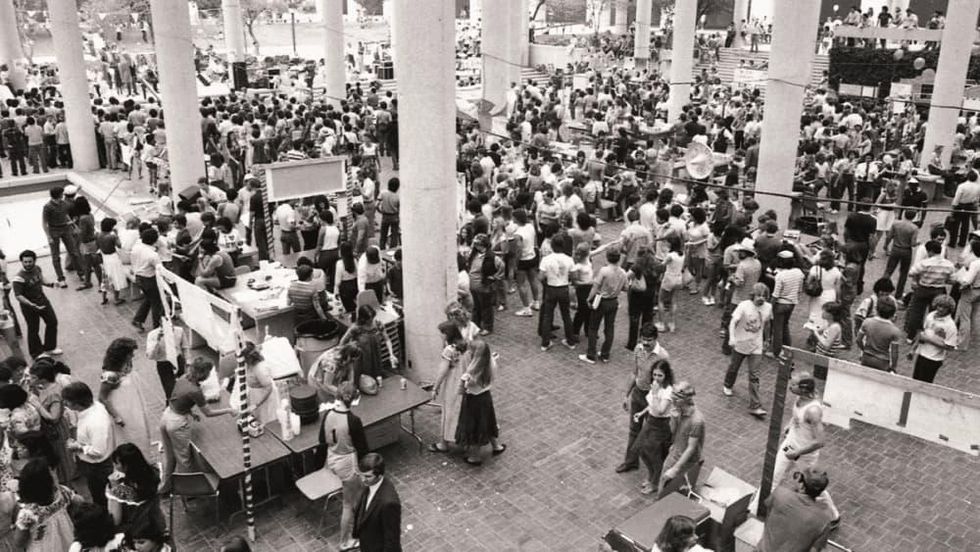

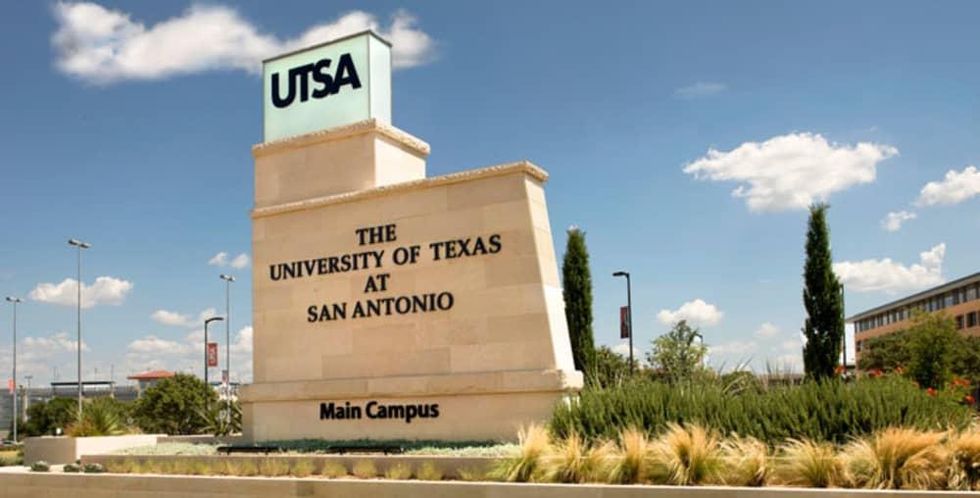

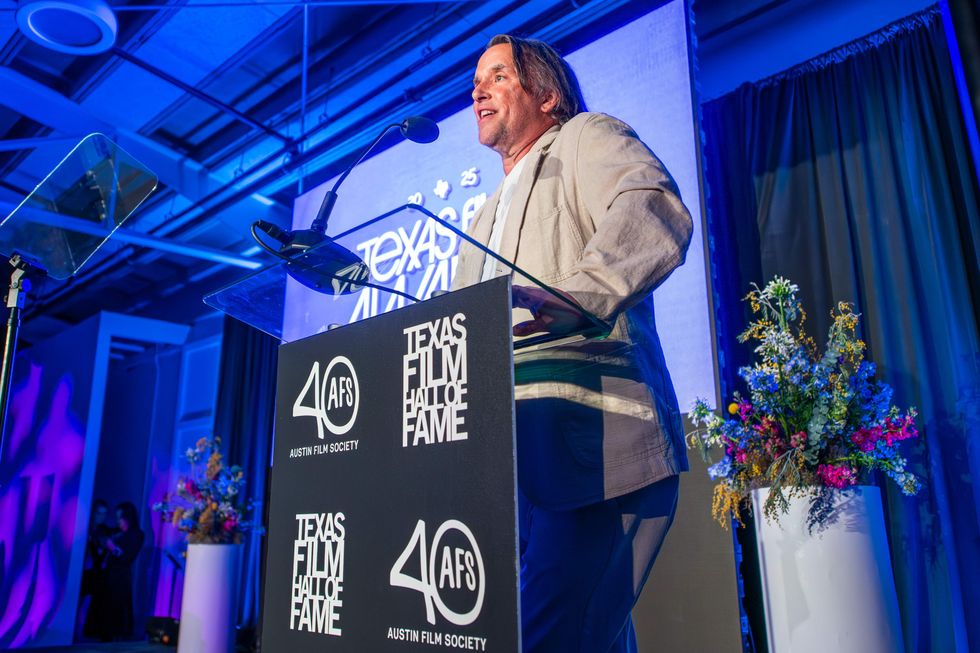 Richard LinklaterPhoto by David Brendan Hall
Richard LinklaterPhoto by David Brendan Hall Robert Rodriguez and Michelle RodriguezPhoto by Lauren Slusher
Robert Rodriguez and Michelle RodriguezPhoto by Lauren Slusher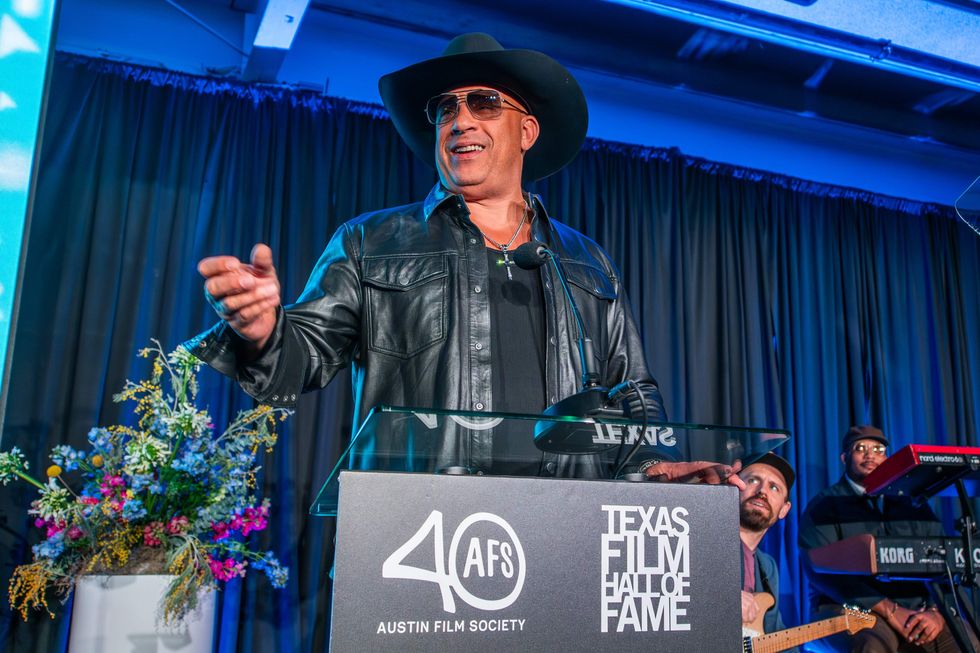 Vin DieselDavid Brendan Hall
Vin DieselDavid Brendan Hall Elijah Wood, Tim and Karrie LeaguePhoto by Lauren Slusher
Elijah Wood, Tim and Karrie LeaguePhoto by Lauren Slusher David Rysdahl, Noah Hawley, and Zazie BeetzPhoto by Lauren Slusher
David Rysdahl, Noah Hawley, and Zazie BeetzPhoto by Lauren Slusher